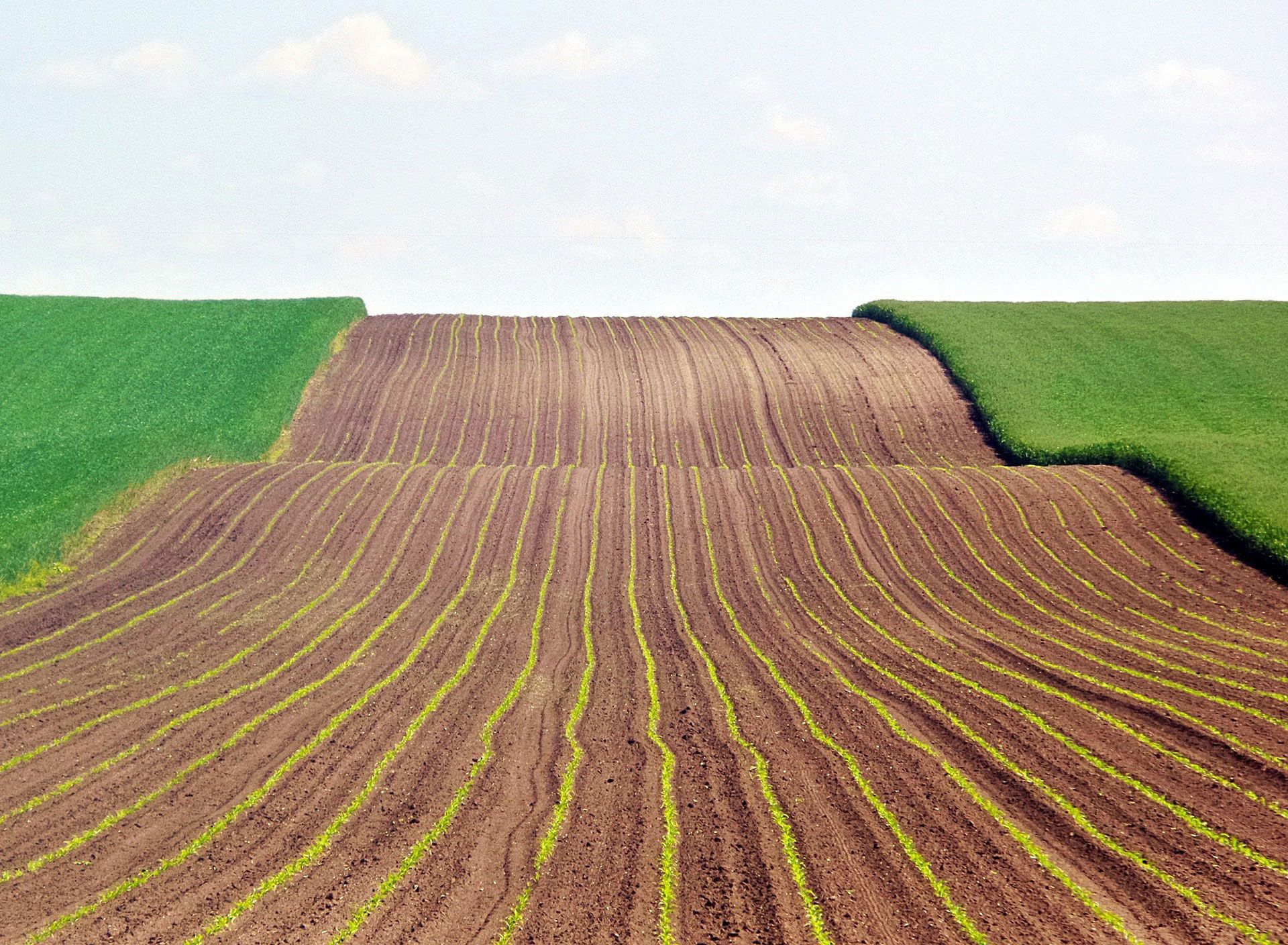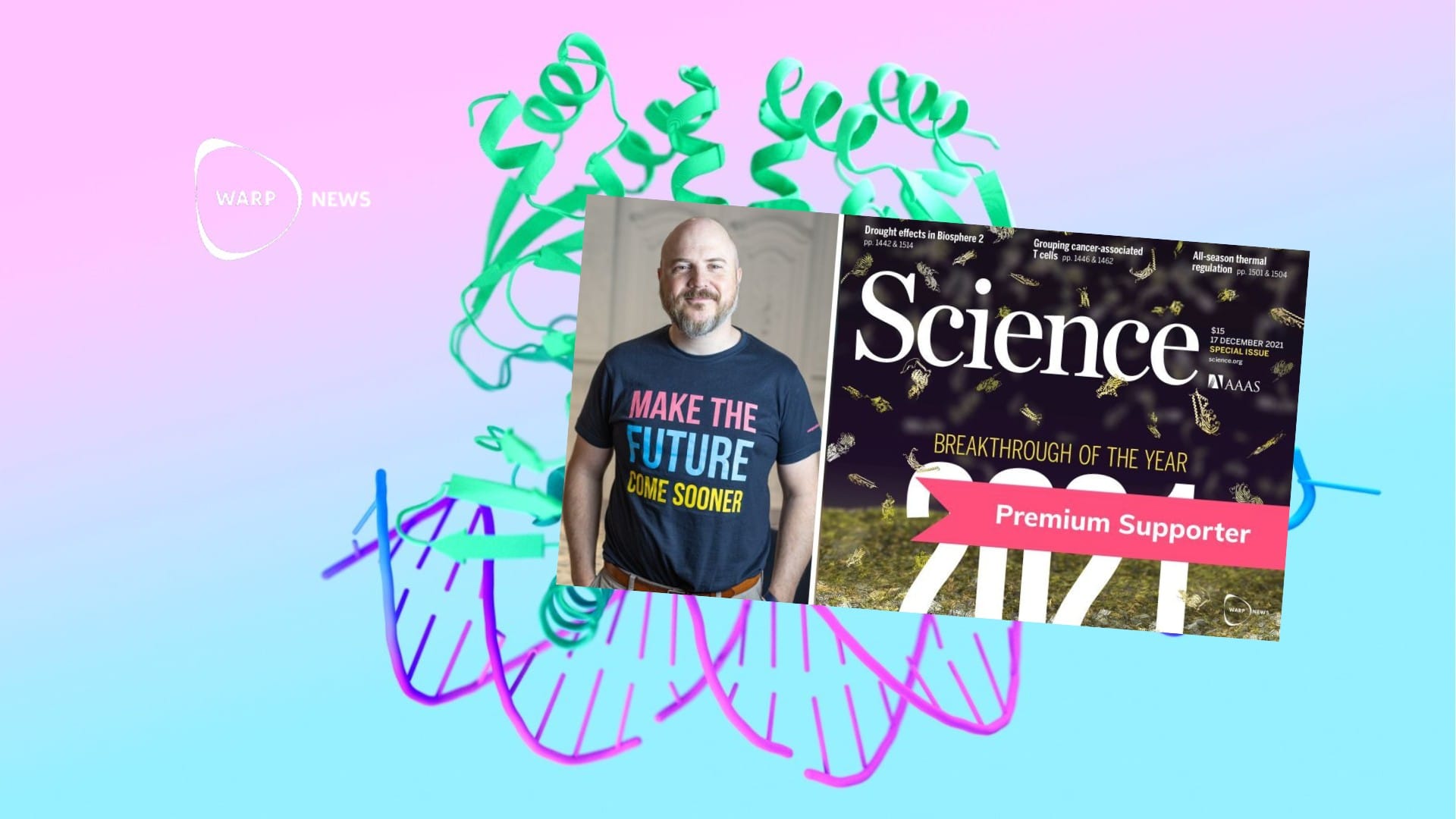
🌾 An AI analysis shows that we can stop world hunger for two percent of the US defense budget
For $ 14 billion a year, we can make sure that almost everyone in the world can eat their fill.
Share this story!
We produce enough food in the world so that no one has to go hungry. Despite this, 690 million people are malnourished today. To find out what we need to do to remedy that situation , the organization Ceres built an AI tool .
The tool has analyzed 500,000 scientific articles and reports to identify the biggest problems and the possible solutions. The analysis is now complete and one of the conclusions is that the countries suffering from hunger must receive an additional 14 billion dollars (124 billion kronor) per year.
It may sound like a lot of money, but by comparison , the US defense budget is $ 738 billion . This is about two percent of what only the United States spends on the military each year.
By investing in farmers' education in developing countries, better transport infrastructure and creating a better social safety net, we could provide most people with food for the day. According to Ceres, those investments would save 490 million people from going hungry. So it is not enough to completely cure world hunger, but it is a long way off.
"If rich countries were to double their aid and help poor countries prioritize and scale up investment in agricultural research, technology, innovation, education, a social safety net and fairer trade, we could eliminate hunger by 2030," said Maximo Torero, chief economist at the United Nations. Food and Agriculture Organization.
The largest relief efforts would have to go to sub-Saharan Africa. 50 percent of the total support would have to go there for the help to have the greatest effect.
Education is the key to success
A key to success is to invest more in vocational training for farmers in poor countries. Ceres analysis shows that all other measures will be more effective if those who are to receive the help have a certain level of knowledge.
Another key is to create a social safety net so that there is help available if the harvest should go wrong. Today, many small farmers in poor countries stand and fall with how big the last harvest was.
These key measures, together with, for example, the development of more climate-resistant crops, better roads and simple measures such as access to airtight packaging, can save many millions of lives for a relatively small sum.
By becoming a premium supporter, you help in the creation and sharing of fact-based optimistic news all over the world.


